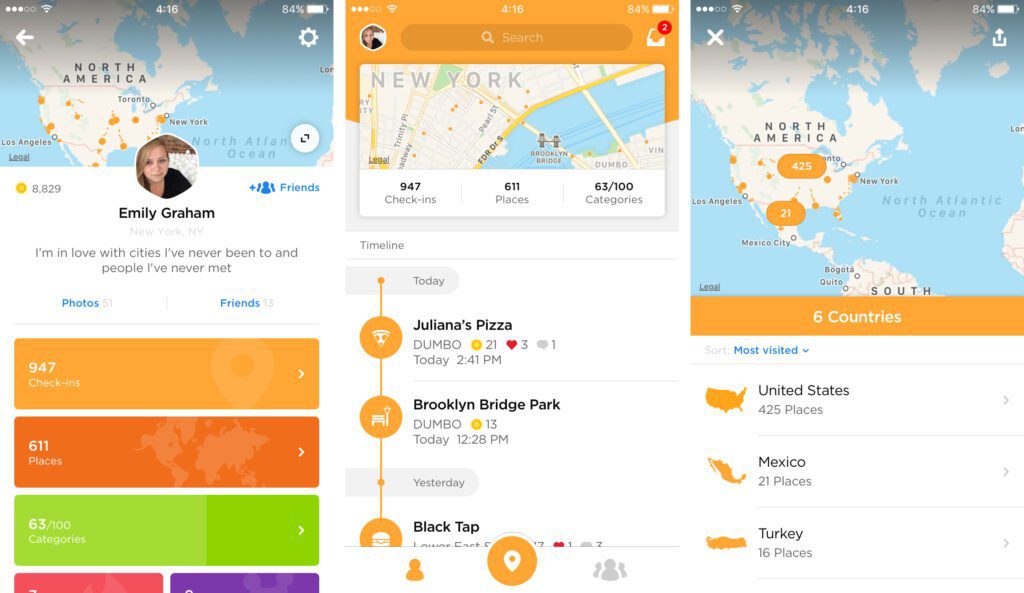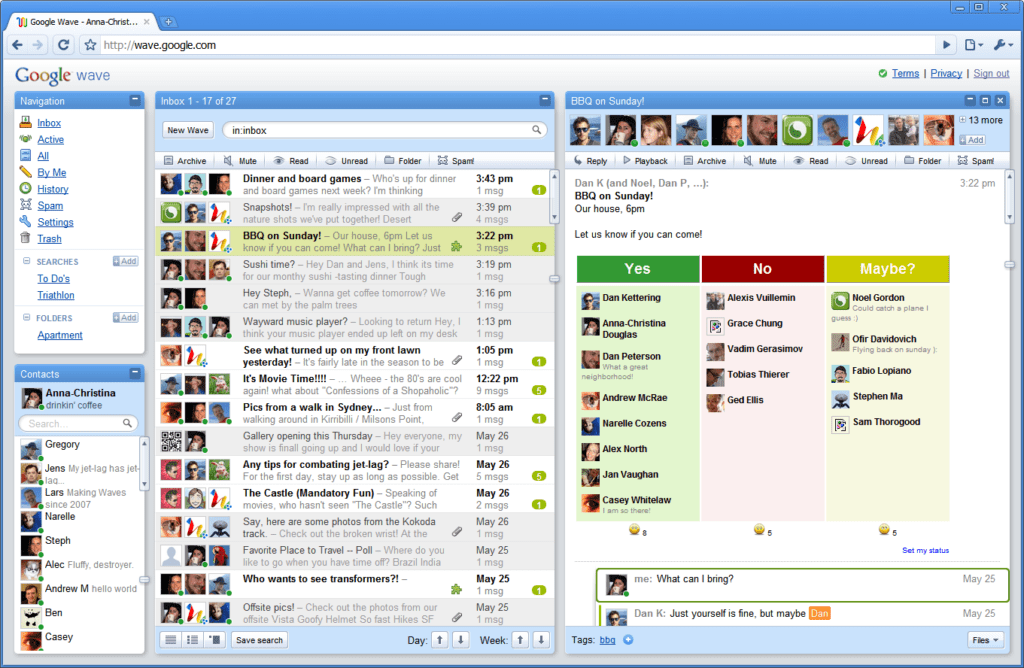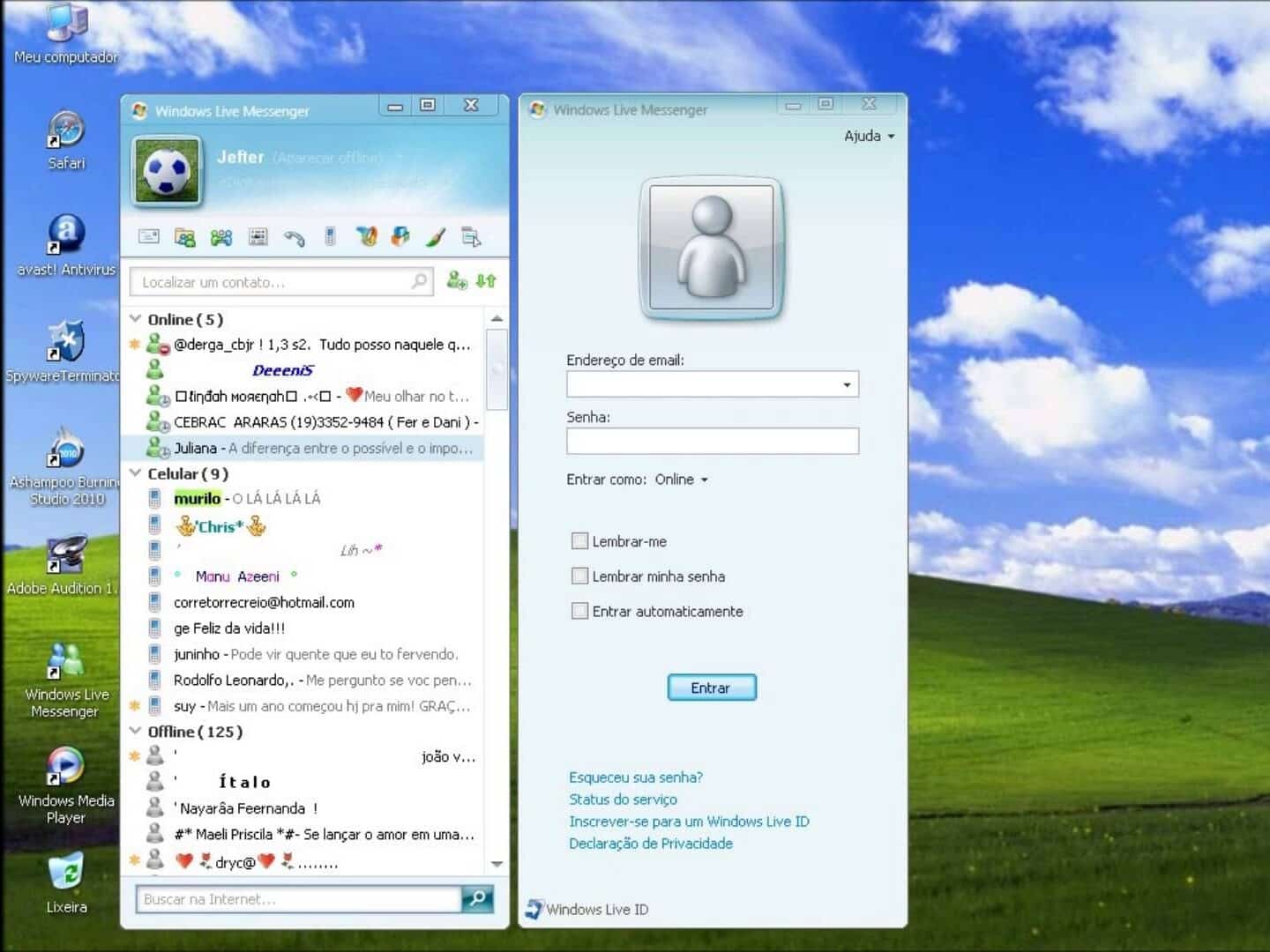Start-ups and products come and go with impressive speed. Many of them have (with hindsight) obvious flaws: not big enough market, inability to monetize or excessive running costs. Others just aren't that new or creative. However, there are some ideas that were quite interesting, innovative and exciting, but still ended up in the forgotten bin of failed products.
Here are some forgotten innovations on the net that in my opinion, and for various reasons, do not deserve the damnatio memoriae.
Foursquare, all mayors checked in

Foursquare was a mobile app when apps (and smartphones) were an absolute novelty, at the end of the 2000s. It was a sort of social network that married the real world with the digital one. The real innovation was the “check-in”. Members competed to be the “mayor” of particular locations, making the most check-ins. When you visited a store, a restaurant, a park, you checked in using location data on your phone. You could see who else had frequented the location and earned digital badges for various achievements.
The concept wasn't bad, and in fact it survived. Various other tools have started to apply it (like Facebook). As a mobile app I haven't heard about it in years. But what's interesting is that Foursquare is still a very much alive and well company. Its development platform it is still used by companies like Uber, Apple and Twitter. In other words, Foursquare was an innovative idea that failed as a consumer product but still succeeds as a business service.
Google Wave, all together passionately (and in real time)

One service you've probably never heard of but was pretty revolutionary at the time (in my opinion) was Google Wave. Google Wave was also developed in the late 2000s, and caused a sensation at its presentation at I/O, Google's annual keynote in 2009.
Google Wave was supposed to be a real-time collaboration platform. The idea was to create a protocol that would allow instant content sharing and collaboration. The context of the “wave” or message, such as who had access, the changes, and how different waves were connected, was an important feature that provided valuable history to users. Wave could be integrated into other software and allow automated communication between servers, programs and humans.
Google's intent with Wave was to literally be the email killer. Unfortunately, after so much enthusiasm the public and especially the developers lost interest. The Google Wave project was then closed after just under two years of activity.
Integrations and collaboration are so common today that the basic description of Google Wave today makes you yawn. But in the late 2000s, when MSN was still around, this type of interaction with rich, automated, and dynamic content was quite unique. Even though email hasn't been killed yet despite many valiant attempts by other companies and ideas.
Windows Live Messenger, the first contact

The last of the forgotten innovations on the internet that I want to talk about is MSN, or rather just the messaging part: Windows Live Messenger, which later became MSN Messenger. Today the thought of something like this makes me smile, but it brings back many memories of my university years. Back then it was everyone's way of communicating. Keep in mind that it was the early 2000s (it came out in 1999, to be precise), the dawn ofmass internet. I think sometimes we forget that there were no smartphones back then. Many teenagers of the time didn't even have cell phones. Holy God, how old I am.
From a technological perspective, the concept of instantly sending a message across a network was quite an achievement, especially since at the time many people were still connected with archaic modems. Today, however, instant messaging is integrated into everything from Facebook Messenger to Google Chat. There is a whole plethora of options for standalone instant messaging, many of which include advanced features like video calling and file sharing.
However, as crazy as it sounds, Microsoft was truly ahead of the curve and developed a tool and concept that we take for granted today.


